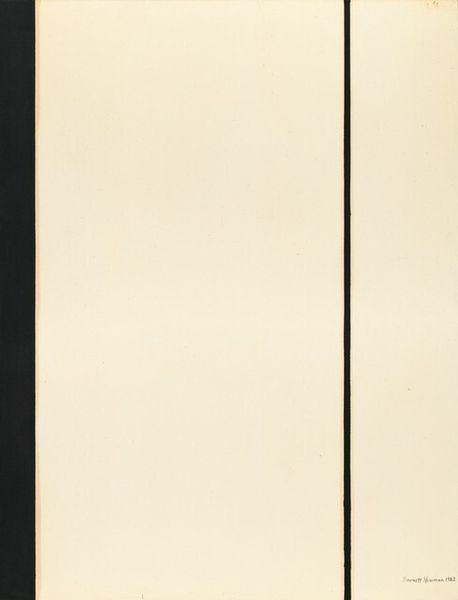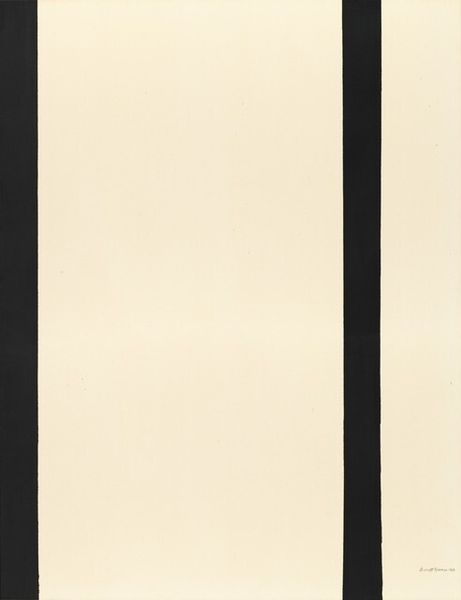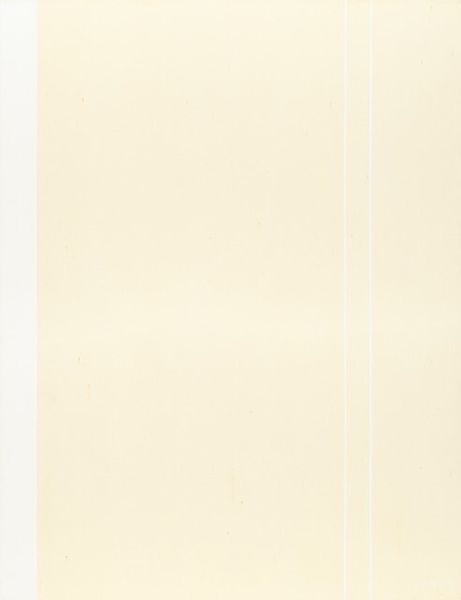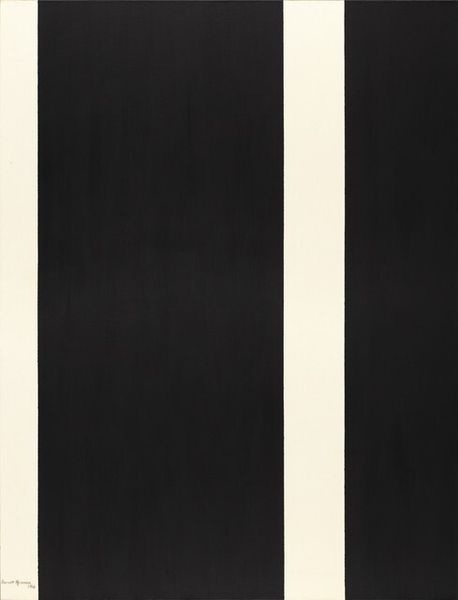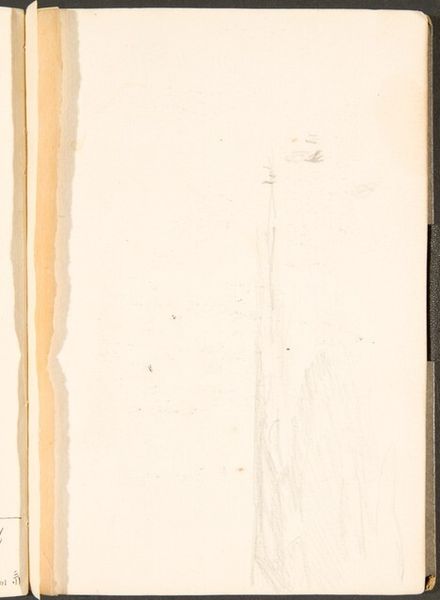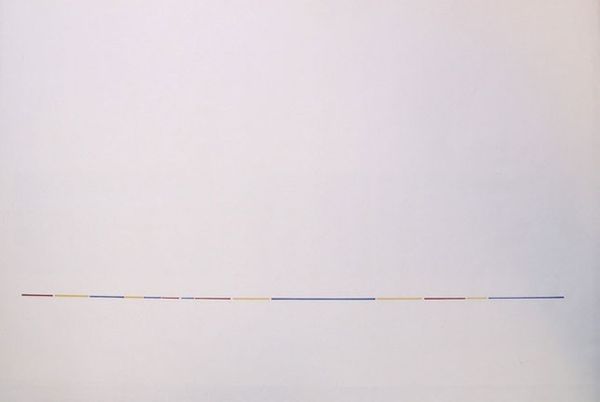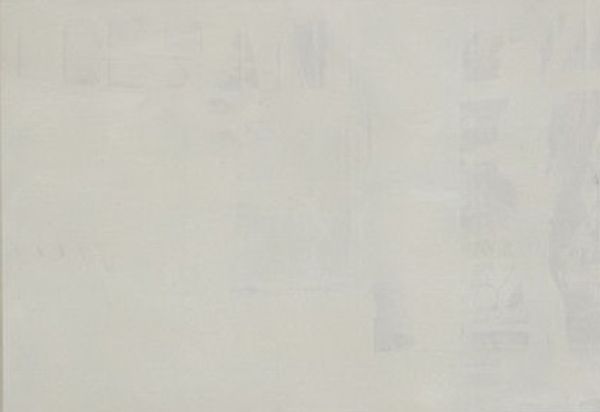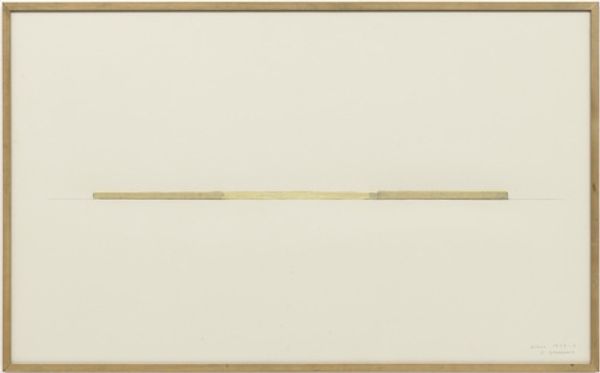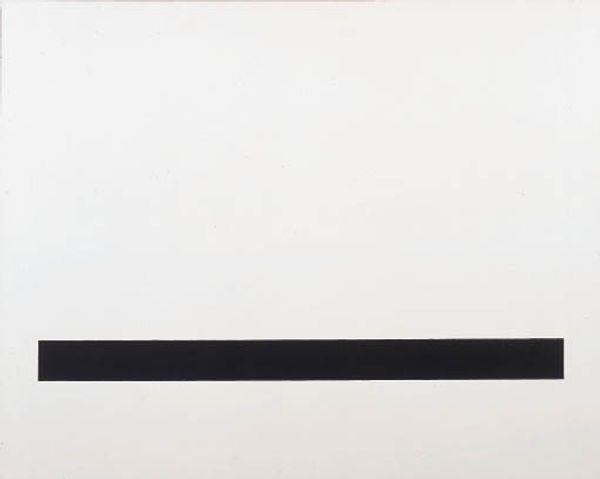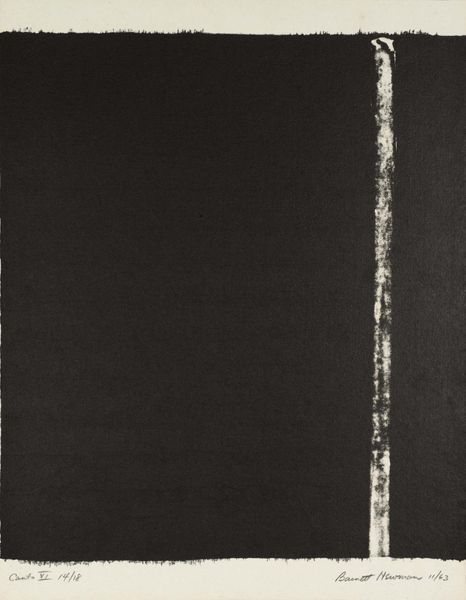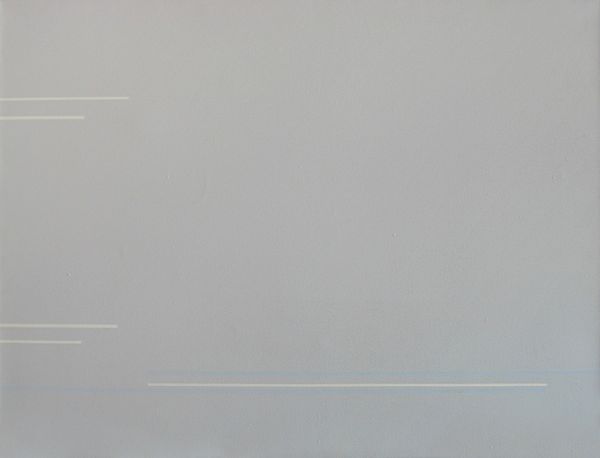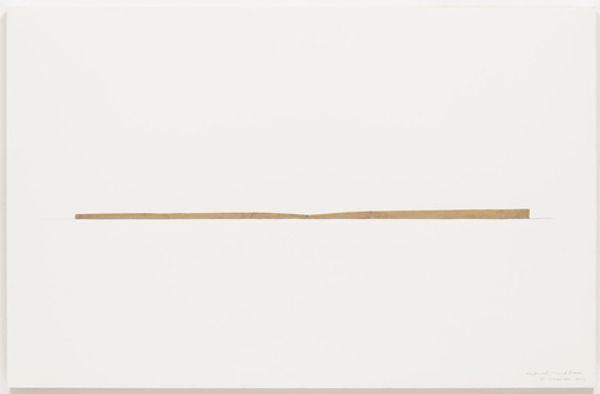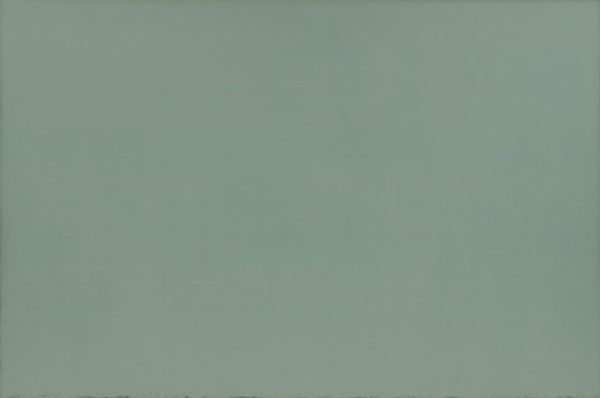
painting, acrylic-paint
#
abstract-expressionism
#
painting
#
colour-field-painting
#
acrylic-paint
#
abstraction
#
line
#
modernism
Dimensions: overall: 198.7 x 153 cm (78 1/4 x 60 1/4 in.)
Copyright: National Gallery of Art: CC0 1.0
Curator: Well, this is Barnett Newman's "Fifth Station," painted in 1962. It's part of his series Stations of the Cross, done in acrylic on canvas. Editor: Stark. Visually arresting, even in its seeming simplicity. That ragged black edge on the left…it feels like a void pushing into the light. Curator: Newman was deeply interested in conveying spiritual experiences through abstract forms. This painting reflects the fifth station of Christ's journey to crucifixion. Editor: It certainly challenges any conventional understanding of religious art, doesn't it? Gone are the traditional narratives, the figures… Instead, we have these elemental forms – the void and the zip – that try to get at the emotional heart of the story. How does Newman reflect post-war existential angst? Curator: Many see these works as Newman’s response to the Holocaust and the pervading sense of loss and spiritual crisis of the time. That vertical line, or ‘zip’ as he called it, doesn’t divide the space; it's meant to evoke a sense of human presence, almost a stand-in for the viewer. Editor: An intriguing claim, that the ‘zip’ acts almost as the viewer reflected in the negative space. I’d always thought it added structural tension and emphasized scale; by allowing the canvas to be viewed as an oppressive presence in the negative. Does this imply we should see these ‘stations’ in dialogue with their installation location, if it is all about viewer presence? Curator: It's very difficult to ignore Newman's social critique through abstraction. Its raw, unfiltered exploration of suffering resonates powerfully. He avoids direct representation to engage viewers on a deeper, more personal level, encouraging contemplation about faith, humanity, and existence. Editor: It certainly does all that. What I find especially powerful is its openness. It presents suffering without offering easy answers or religious platitudes. It compels you to confront uncomfortable truths. A successful synthesis between Newman's intention and cultural influence. Curator: Agreed. "Fifth Station" offers a poignant visual meditation on loss and faith, challenging our perception of the divine through pure, unadulterated form. It embodies an immediate moment, a still, human reaction to pain.
Comments
No comments
Be the first to comment and join the conversation on the ultimate creative platform.
